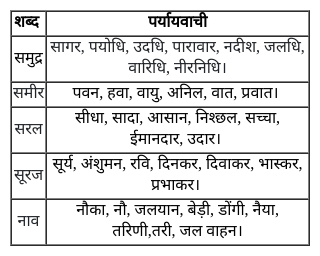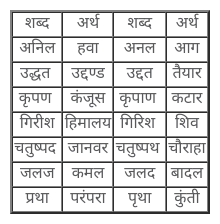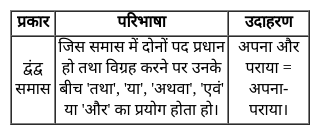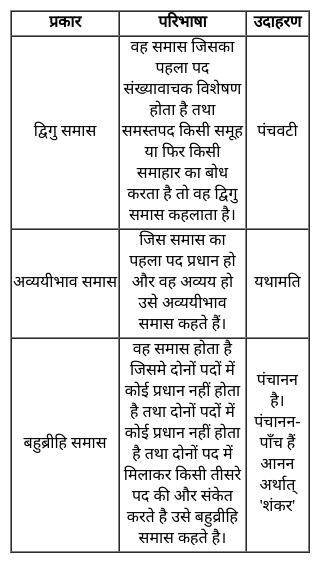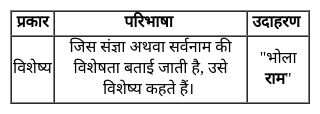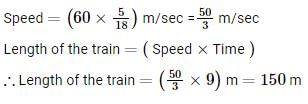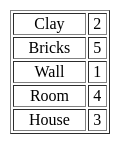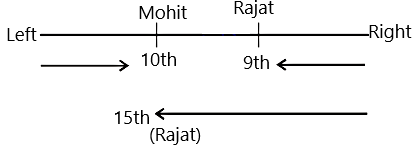UPPSC Prelims (GS 2) Mock Test - 4 (CSAT) - UPPSC (UP) MCQ
30 Questions MCQ Test UPPSC Mock Test Series 2026 - UPPSC Prelims (GS 2) Mock Test - 4 (CSAT)
निम्नलिखित गद्यांश को पढ़िए और अनुगमन का उत्तर दीजिये। आपका उत्तर केवल गद्यांश पर आधारित होना चाहिए।
मनुष्य के लिए सरकार की प्रकृति और मात्रा को समझने के लिए, उसके चरित्र में उपस्थित होना आवश्यक है। जैसा कि प्रकृति ने उसे सामाजिक जीवन के लिए बनाया था, उसने उसे अपने इच्छित स्थिति के लिए सज्जित किया है। सभी स्थितियों में उसने अपनी प्राकृतिक शक्तियों को अपनी व्यक्तिगत शक्तियों से बड़ा बनाया है। कोई भी मनुष्य सक्षम नहीं है, बिना समाज की सहायता के, अपनी मर्जी की आपूर्ति करने के लिए; और जो चाहते हैं, प्रत्येक व्यक्ति पर कार्य करते हुए, उन सभी को समाज में लागू करते हैं।
निम्नलिखित में से कौन सा सबसे तार्किक और तर्कसंगत निष्कर्ष है जो उपरोक्त गद्यांश से बनाया जा सकता है?
निम्नलिखित में से 'सरस्वती' शब्द का पर्यायवाची कौन सा नहीं है ?
आलि-अलि' समश्रुत युग्म-शब्द का उचित अर्थ किस विकल्प में है?
In the classical Greek and Roman world, which of the following is true regarding the perception of Indian textiles and garments?
During colonial India, how were Indian street dogs further marginalized according to the passage?
By selling a table for Rs. 450, Ankit gains 25%. During a clearance sale, he allows a discount of  on the marked price. What is his gain percent during the sale?
on the marked price. What is his gain percent during the sale?
Direction: Select the correct antonym for the given word:
Frugal
An exam is conducted on the first Sunday of August every year. In which of the following years will the exam be held on the same date as that in 2016, if 7 August 2016 is the first Sunday of August in 2016?
Written communication is a part of which type of communication?
A train running at the speed of 60 km/hr crosses a pole in 9 sec. What is the length of the train?
दिए गए विराम चिह्नों में से अर्द्ध विराम चिह्न है:
Direction: In the following question, out of the four options, choose the one which best expresses the meaning of the given word.
ARTICULATE
‘Information overload’ can be categorized as a ______ barrier to communication.
If the day before yesterday was Saturday, then what will be the day after tomorrow?
दो समान शब्दों के मध्य लगाया जाने वाला चिन्ह है:
Direction: In the following question, arrange the given words in a meaningful sequence and select the most appropriate sequence from the given alternatives.
1. Wall
2. Clay
3. House
4. Room
5. Bricks
Four letter words are to be formed using the letters A, B, E and R and none of these four letters are repeated in any manner.
Further,
(a) B and E are not to immediately follow each other.
(b) A is not immediately followed by E.
(c) R is not to appear at the last place.
(d) A is not to appear at the first place.
How many meaningful words can be formed?
The space bias in communication is related to:
Direction: Identify the correct sequence of the following elements in the latter part of the communication process after decoding:
(A) Environment
(B) Feedback
(C) Context
(D) Interference
Choose the correct answer from the options given below:
The first day of year 2003 was Wednesday. What would have been the last day of year 2005?
How many persons have more height than C?
In a classroom, a communicator’s trust level is determined by:
Harish started his journey at 18 : 40 and finished at 22 : 30. The time taken in completing the journey is:
In a vocal music competition, Meeta's marks are less than Sita's. Geeta's marks are more than Sita's but less than Seema's. Veena's marks are less than Meeta's. Who is in third place?
What will come in the place of question mark (?).

Some cadets are standing in a row. Rajat is 9th from the right and Mohit is 10th from the left. On interchanging their positions, Rajat reaches 15th position from the right. What will be the position of Mohit from the left?
|
2 docs|37 tests
|


